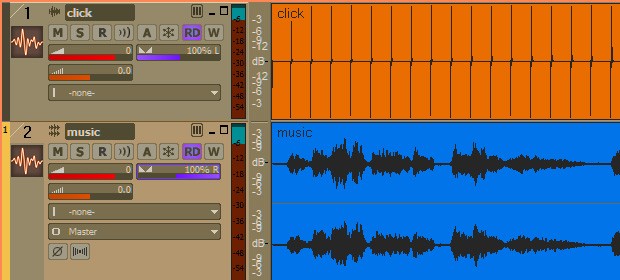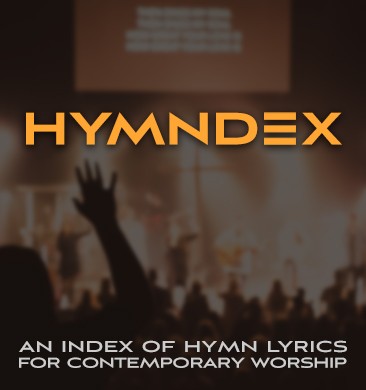But how can you start? Here’s a list of 3 evolutionary click track steps from my own experience – from easy to high tech:
1. Basic: CD or MP3 player. When I first became a music director at a small church I started buying CD accompaniment tracks to augment our music (some weeks it would just be me and my keyboard, other weeks we had bass and drums and sometimes an electric guitar.) At the time (early 2000’s) I could find most of the popular praise songs in stereo track format, usually one per CD in three keys. I’d stick to uptempo songs and then play ballads all by myself on the keyboard.
As I played the keyboard with the track, the recorded drums acted as a click track – the beat kept me in time as I played along. I kept a portable CD player at the keyboard and triggered the tracks myself (I generally don’t trust anyone at the soundboard to trigger loops and clicks – they have enough to worry about.)
I also experimented with drum loops. The Parachute Band was big at the time (whatever happened to them?!) and my church absolutely loved songs like Amazing, Complete and All the Earth. I loved them because nearly every one of their songs had a prominent drum loop (and I’m a loop fanatic!) Even cooler was that they made downloadable tracks and drum loops available from their website – very unique for the time.
I’d use Parachute’s drum loops for their songs – which acted as a click track. The portable CD player on my keyboard was hooked up to the sound system – the drum loops would be fed into the house mix as well as the drummer’s monitor. The good thing about a click or drum loop is that if the drummer gets off all is not lost – once he gets back in the groove everything works out fine. This isn’t true with a click and musical material – you have to stay exactly on the click and perform the song exactly as it was recorded. If you’re just starting with clicks and loops, begin this way. Once your drummer feels comfortable and solid you can proceed to step #3.
Now I create my own drum loops with Stylus.
2. Intermediate: BOSS Dr. Beat Metronome DB-90. This is the gadget Brookwood used a few years ago and Newspring Greenville uses now. My buddy Jon Skaggs (one of the best drummers in Nashville who’s played with the likes of Nichole Nordeman, Brandon Heath and Casting Crowns) also uses the DB-90. Tempos for each song in the praise set can be preprogrammed into Dr. Beat and can even be triggered with a foot switch. The drummer is in charge of the device. >Learn more about it and watch a tutorial video at the BOSS website.
Here’s a list of other iPhone metronomes.
If you’re new to click tracks, start simply by having the drummer use the metronome with headphones. Only he will hear the click but a steady drummer makes for a steady band. If your band uses an in-ear monitoring system put the click in everyone’s ears while allowing the drummer to control it.
3. Advanced: Laptop with DAW software. This is what we’re using at Brookwood. Most of our songs are performed with a click and Adam Fisher prepares tracks each week on his Mac laptop using Logic (DAW/Digital Audio Workstation software – Sonar is DAW software for the PC.)
This is where click tracks can get really fun – all sorts of sonic sweetening can be added like loops, strings, synth and other orchestration. Separate tracks can be sent to the soundboard for mixing in the house and in-ears by using an audio interface like a MOTU.
Years ago at my other church I’d send just the stereo signal from my laptop’s earphone jack, then graduated to an inexpensive audio interface that sent a better quality stereo output. The left channel would be click, heard by just in the drummer’s monitor and the right channel would be any additional loops/orchestration mixed in the house.
Bottom Line: Why is the Church known for lousy music, allowing musical talent move to LA, New York or Nashville to pursue secular careers? Let’s do something about it and up the ante in our music programs.





